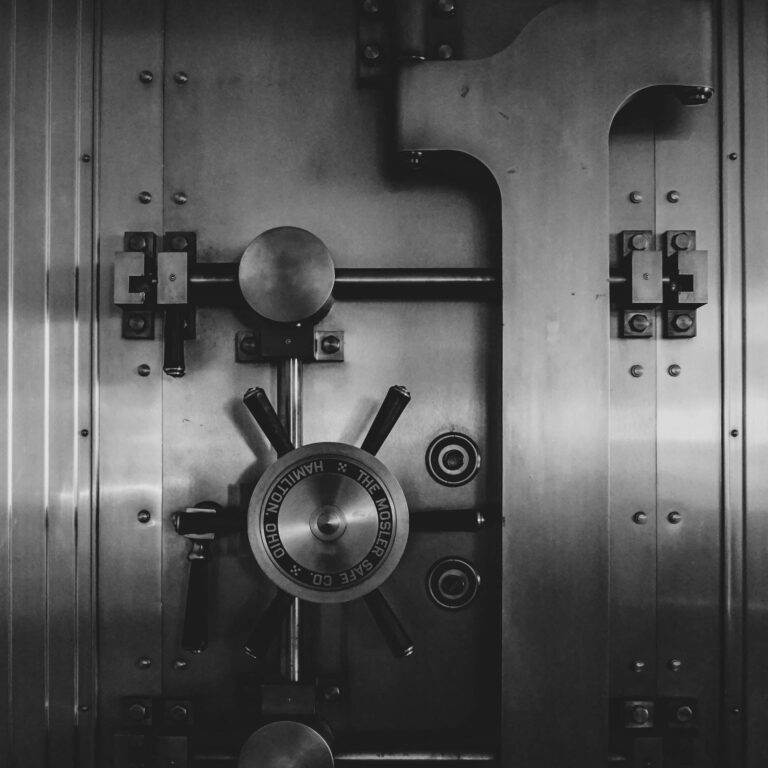This guide’s purpose is to help you set up a replicated PowerDNS cluster using AXFR notifications between servers instead of full DB replication, which can be tricky to set up some times.
Prerequisites
This guide assumes we have the following 3 servers running on CentOS 7:
| Hostname | IP | Type | Operation Mode |
hostmaster.example.com | 172.16.0.1 | Master | supermaster |
ns01.example.com | 192.168.0.1 | Slave | superslave |
ns02.example.com | 192.168.0.2 | Slave | superslave |
Note that these local IPs are purely explanatory and you should use your servers’ public IPs instead, if they’re not the same network.
Operation mode on the slave servers is superslave, which allows them to automatically create zones and sync records, while just slave mode will not create new zones. Learn more about superslaves.
Make sure that domains on the Master node have their type set to MASTER, since other values will not notify the slaves. You should use NATIVE when performing a DB replication instead.
Install repos
The first step is to enable EPEL and PowerDNS repos to access all packages needed. We’ll run an update too just to fully have the system up to date.
yum install -y epel-release yum-plugin-priorities
curl -o /etc/yum.repos.d/powerdns-auth-42.repo https://repo.powerdns.com/repo-files/centos-auth-42.repo
yum update -yInstall MariaDB and pdns
We can now install in one shot both MariaDB and PowerDNS’ packages running the following command.
yum install -y mariadb mariadb-server pdns pdns-backend-mysqlEnable firewall, MariaDB and pdns services
Enable all three services and start them up using --now. PowerDNS may give an error on startup since there are no backends configured yet, but that’s not an issue at this point. We also proceed to add DNS to our firewall rules in order to accept connections on port 53, reloading then the firewall.
systemctl enable --now firewalld mariadb pdns
firewall-cmd --add-service=dns --permanent
firewall-cmd --reloadMariaDB setup
The DB should be up and running now, but we first need to finish the setup running the following command:
mysql_secure_installationThis will allow us to log in now as root using the password we set above.
mysql -u root -pNow that we’re in the DB, we can create powerdns’ database and the user we’ll use to connect to the DB.
CREATE DATABASE powerdns;
GRANT ALL ON powerdns.* TO 'powerdns'@'localhost' IDENTIFIED BY 'powerdns';
FLUSH PRIVILEGES;Install schema
While still in the DB, we can run the following command to use our newly created DB:
USE powerdns;We now have to create the schema that PowerDNS runs on. You can find more about the configuration, and a copy-pastable schema, on PowerDNS’ documentation at the following link: configuring database connectivity.
Add supermasters
On each of the superslaves we have to define our supermaster (172.16.0.1). To do this, we have to run INSERT a new row on ns01 as following:
INSERT INTO `powerdns`.`supermasters` (`ip`, `nameserver`) VALUES ('172.16.0.1', 'ns01.example.com');and the following one on ns02:
INSERT INTO `powerdns`.`supermasters` (`ip`, `nameserver`) VALUES ('172.16.0.1', 'ns02.example.com');PowerDNS slave setup
We can now configure pdns to send notification from the master server, and to receive them on the slave servers.
If you already have anything in your configuration, just make a copy of it and possibly merge it later.
cp /etc/pdns/pdns.conf /etc/pdns/pdns.conf.originalHere’s a master boilerplate configuration which should work, but you may change it to fit your own setup.
cat > /etc/pdns/pdns.conf <<'EOF'
# Master
daemon=no
guardian=no
setgid=pdns
setuid=pdns
cache-ttl=20
launch=gmysql
webserver-port=8081
webserver-allow-from=127.0.0.1,::1
api-key=powerdns123
expand-alias=no
webserver=no
api=True
include-dir=/etc/pdns/local.d
resolver=no
version-string=anonymous
webserver-address=127.0.0.1
launch=gmysql
gmysql-host=localhost
gmysql-dbname=powerdns
gmysql-user=powerdns
gmysql-password=powerdns
gmysql-dnssec=no
default-ttl=60
dnsupdate=yes
master=yes
EOFHere’s a slave boilerplate configuration which should work, but you may change it to fit your own setup.
cat > /etc/pdns/pdns.conf <<'EOF'
# Slave
daemon=no
guardian=no
setgid=pdns
setuid=pdns
cache-ttl=20
expand-alias=no
webserver=no
resolver=no
version-string=anonymous
launch=gmysql
gmysql-host=localhost
gmysql-dbname=powerdns
gmysql-user=powerdns
gmysql-password=powerdns
gmysql-dnssec=no
allow-axfr-ips=172.16.0.1/32
allow-dnsupdate-from=172.16.0.1/32
allow-notify-from=172.16.0.1/32
dnsupdate=yes
master=no
slave=yes
superslave=yes
EOFNote that the Master could also have an active API to receive updates via REST API, which is the default configuration in ApisCP and you should definitely check it out.
Restarting the service shouldn’t give an error anymore, and if you did everything correctly by following this guide obviously, it will all run smoothly!
systemctl restart pdnsConclusion
Congratulations! You’ve successfully set up a PowerDNS cluster. You can verify the replication by keeping an eye on the slave databases, which should automatically create new zone and insert records upon master notification.
Here are two one-liners which you may find helpful, such as:
- all zone renotify:
pdns_control list-zones --type master | sed '$d' | xargs -L1 pdns_control notify- zone cleanup:
pdns_control list-zones --type slave | sed '$d' | xargs -I {} sh -c "host -t SOA {} 172.16.0.1 | tail -n1 | grep -q 'has SOA record' || pdnsutil delete-zone {}"Are you a PowerDNS guru? Share your insights on similar cluster configuration or any tips you think could help in the comments! It’s not that easy to get this right, and it would be awesome if you could help!
More links:

